A Guide to Heat Shrink Tubes: What Are They?
August 22, 2022
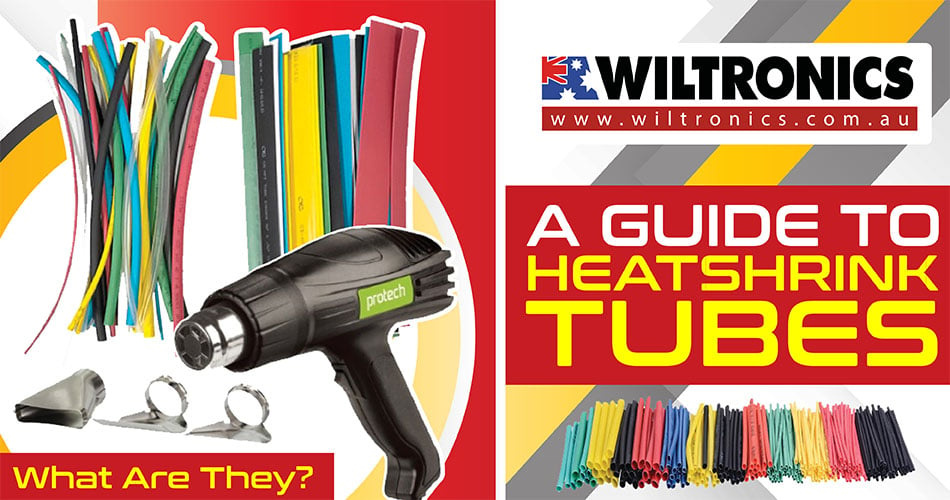
Heat shrink tubes are essential in most electrical setups, but what are they used for?
When it comes to electrical parts, there is alot going on, and one wrong move can cause discharge or failure. A great example of this is wiring.
But the work does not end there. There are other critical components, apart from the wire itself, and one of them is heat shrink tubes.
If you do any DIY electrical or electronics work, chances are you need to use them at some point. Now, you might be wondering what heat shrink tubes are and how they work.
In this post, we will break down the basics to familiarise you with this versatile element.
What Are Heat Shrink Tubes?
Heat shrink tubes are also known as heat shrink tubing and electrical shrink tubing. You may or may not have heard about them before, but they are commonly used in electrical work.
Heat shrink tubes are versatile plastic layers applied to cabling and electrical components. They are shrinkable plastic tubes positioned over the area requiring coverage.
Once heated, they shrink into place. This provides a secure layer of external protective cover.
The tubing is designed to shrink into place and become rigid when heat is applied. This offers a durable, protective coating.
Most electricians, engineers, and similar professionals use them in various applications, such as:
- For electrical insulation: repairing a damaged or exposed length of wire.
- Protection: creating entry seals for conductors against dust, chemicals, moisture or abrasion.
- Reinforcement: relieving the strain applied by cables held at tension.
- Identification: the wide range of colours allows for easy coding.
Simply put, they are used to insulate and protect electrical wires and connections. Moreover, they are made from a substance that shrinks when heated, creating a secure seal.
Heat shrink tubes are available in various materials, sizes and colours. Some also come with an adhesive liner to help the tubing stay in place once applied.
The materials
Heat shrink tubing can be produced from a wide range of thermoplastic materials. It is also often combined with additives to enhance specific characteristics.
Common materials used for heat shrink tubes include:
1. Polyolefin
The most popular material for shrink tubing thanks to its thermal resistance. Polyolefin is more expensive than PVC but can withstand high temperatures up to 125°C or sometimes even 135°C.
Ideal for manufacturing, industrial, and mechanical applications.
2. Adhesive-lined polyolefin
This material provides a more secure tube with an anti-slip, featuring an adhesive inner layer. This melts and adheres to the wires and components to fill voids and ensure a close fit.
The added adhesive offers more support and increased protection from moisture.
3. PVC
The less-expensive material but with a lower temperature threshold of 105°C degrees. Even so, PVC is durable, strong, and highly abrasion-resistant.
Further, the material often features high clarity, bright colours, and flame-retardant qualities. This makes it a highly versatile and cost-effective option for low-temperature applications.
4. PTFE
Polytetrafluoroethylene or PTFE is best known under the brand name Teflon. It is a synthetic compound that is highly resistant to chemicals.
Plus, PTFE has an exceptionally low coefficient of friction. This means substances will slide off it easily.
Other materials used for heat shrink tubes include:
- FEP
- Elastomers
- Silicone rubber
- Viton®
The best material depends on the equipment and application requirements.
The Ideal Temperature for Shrinking
Generally, heat shrink tubes shrink when heated to a temperature of 90°C degrees. The majority of heat shrink is made of polyolefin with a shrink temperature of about 90°C.
For PTFE material, it requires a much higher shrink temperature of 250°C degrees. It is ideal for cable and wiring that needs to be exposed to very high temperatures.
For one, the wiring in temperature probes, metal rollers and heavy engineering equipment.
How Do You Use Heat Shrink Tubes?
Proceed with caution and observe basic safety measures to avoid accidents or injuries.
Start by choosing the right size tubing, which should have the correct shrink ratio. It is supposed to cover the wire or components comfortably before you shrink it into place. This ensures a tight fit later on.
Assume the components to be covered could change size after application. You need to be sure that the tube has enough expandability.
Do that by comparing its diameter when shrunk with its size before shrinking. Then, check the ideal heating temperature to avoid uneven application or melting.
Next, cut the right length of the tubing using standard scissors and slide it over the components. It is now time to heat the shrink wrap.
A handheld heat gun is a perfect tool for this job, or you can use a heat-shrink oven to do so. When you use a heat gun, move the heat back and forth across the tubing.
Also, avoid staying in one place to minimise the risk of burns. Continue until the wrap has been tightly secured.
Note: The diameter size before shrinking is called ‘expanded diameter’. In contrast, the dimension when shrunk is called ‘recovered diameter’.
What is it used for?
The ability of heat shrink tubing to shrink makes it a great tool to fit over cables. Because of this, it is very common to see heat shrink being used with electronics.
For example, phone charging cords with damaged parts, i.e. the connector at the end of the cord. Heat shrink can seal that point of vulnerability; the same goes for other USB connections.
Heat Shrink Tubing Types
You can get heat shrink tubes two types, and these are:
- Single wall (thin wall)
- Dual wall (double wall)
The single wall is a robust heat-shrink type. It is a good all-rounder for insulating and protecting electrical cables.
Meanwhile, the double wall contains an extra adhesive layer. It provides a greater seal against any moisture. It is a preferred option when further protection is needed from corrosive and abrasive forces.
What Size Heat Shrink Tubing Do You Need?
Determine what size heat shrink tubing you will need. Start with the diameter of the material.
- Measure the widest part of the cabling or components you plan to apply the tubing to.
- Select tubing that is about 20-30% larger than the measurement taken in step one. To choose the right tubing, you will need to know:
- Its shrink ratio. A 2:1 ratio indicates that the tubing will shrink to approximately half its size with heat. A 3:1 ratio, in contrast, means that it will shrink to one-third of its full size.
- The thickness of the tubing walls. This is normally measured in millimetres or inches.
- The expanded diameter and recovered diameter. The latter measurement will be the one displayed on the labelling. A variation of this, the ‘lay flat width’, also needs to be considered. This is the width of the tubing when laid flat.
- Consider the length of the tubing. This will decrease when shrunk, normally between five and ten per cent. Bear this in mind when selecting the length of the tubing to ensure full coverage.
Get Your Heat Shrink Tubes Here!
Check our selection of heat shrink tubing and tools below:
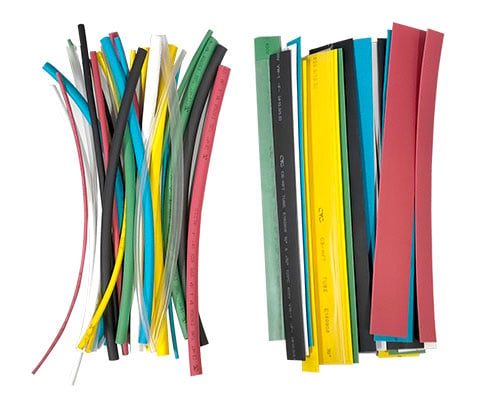
Heatshrink Pack Ultimate
Product code: HS1201
This heat shrink pack contains an assortment of high-quality heat shrink tubing. Sizes range from 1.5mm to 20mm in diameter in 7 different colours.
These tubes will shrink to half their original diameter using a hot air gun or oven. Ideal for insulating wires and protecting stranded and solid wire conductors. This includes connections, joints and terminals.
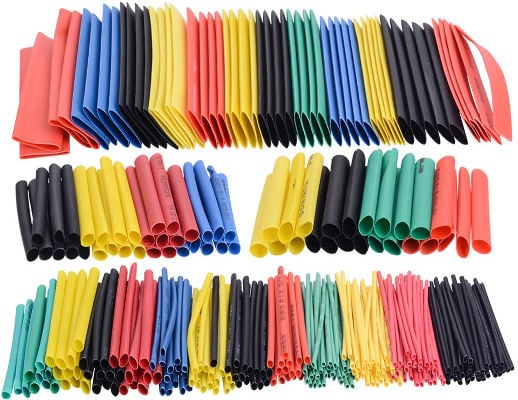
Heat Shrink Tubing Pack – 328 Pieces, Assorted Sizes
Product code: HS1190
A heat shrink tubing pack, including 328 pieces of assorted sizes and colours. A great value selection, made of Polyolefin material with a 2:1 shrinkage ratio.
Diameters range from 1mm to 14mm.
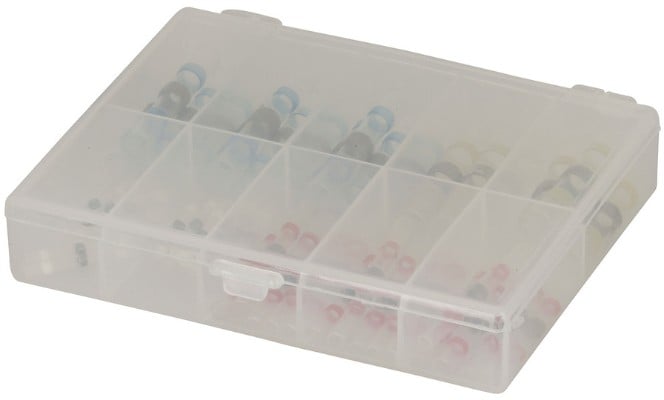
Heatshrink Solder Splice Pack 42pcs
Product code: JWH5668
This pack contains 42 pcs with assorted colours and sizes to suit various cable sizes. The kit includes:
- 1.7 x 26mm – White (12)
- 2.7 x 40mm – Red (12)
- 4.5 x 40mm – Blue (12)
- 6.0 x 40mm – Yellow (6)
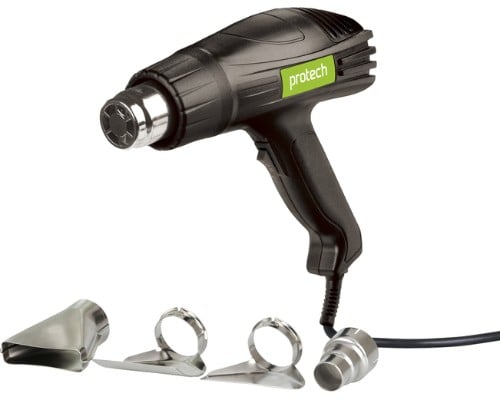
Temperature Heat Gun 2000W 240V Adjustable
Product code: JTH1609
This powerful 2000W temperature heat gun is ideal for many DIY applications. It features two heat settings and four nozzle attachments. Mains powered.
Also suitable for a variety of applications, such as:
- Shaping plastic tubing
- Shrinking heat-shrink sleeving
- Removing paint
- Softening adhesives
- Defrosting metal water pipes
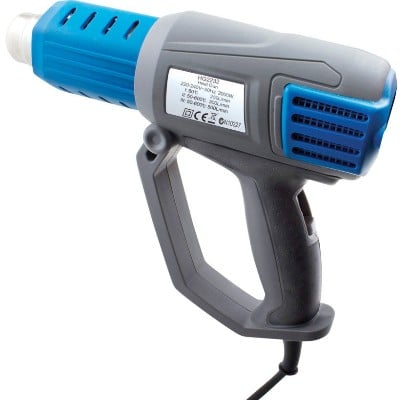
Heat Gun with Heatshrink Accessory 240V
Product code: TL3232
This 240V LED indicating heat gun with heat shrink accessory features 3 fan settings. It has constant heat control and works continuously without overheating.
It also features an ergonomic design and a soft grip that ensures effortless use over a long period.
The Bottom Line
Heat shrink tubes are amazing tools that have seemingly endless applications. This is especially true in DIY electronic projects. It is always a great idea to have them in your toolbox in case of wiring or cabling repair.
Here at Wiltronics, we offer good quality heat shrink tubing products. Contact us to get help in choosing the best tubing for your project.
© Electrotech Brands Pty Ltd 2022


Write a Comment
You must be logged in to post a comment.